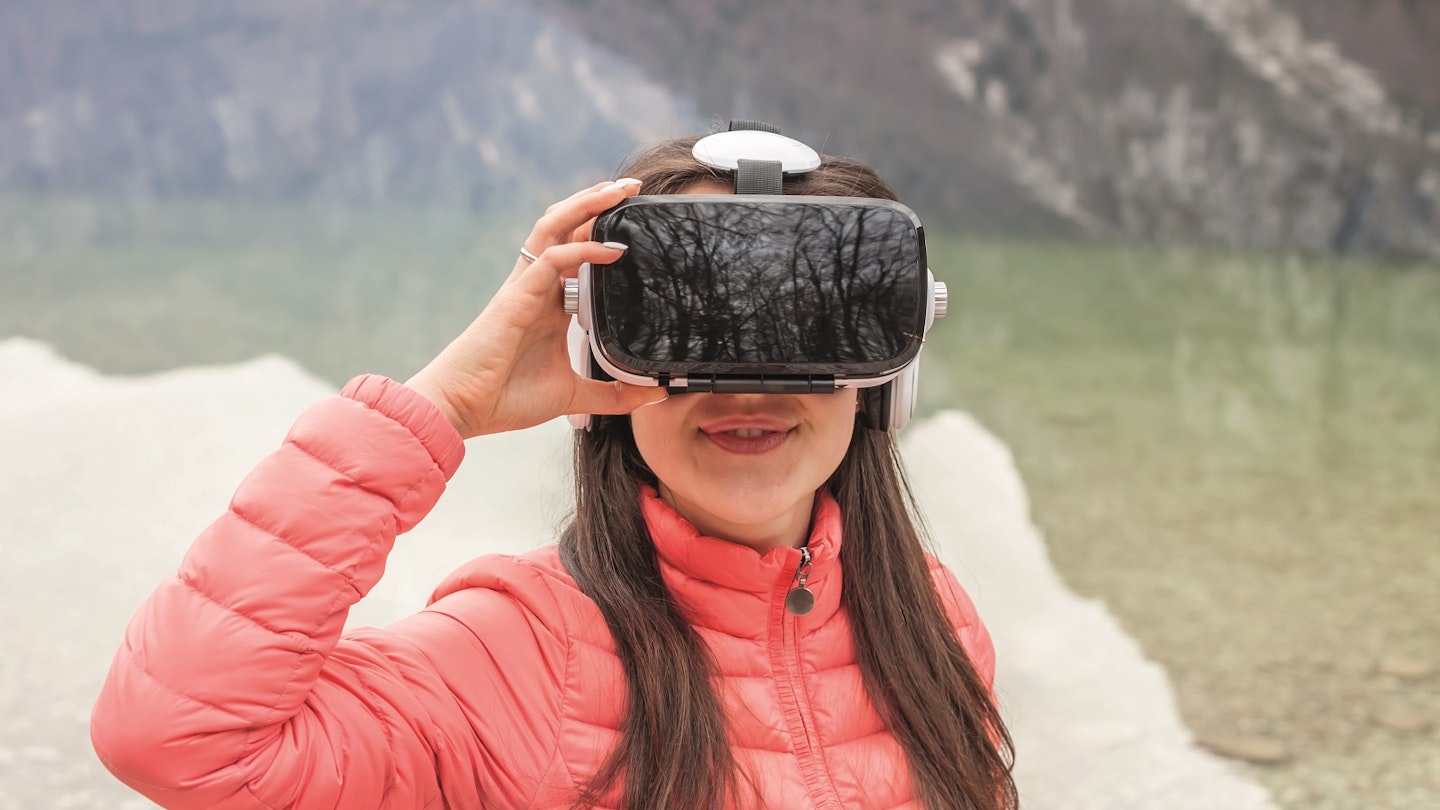VR, AR. Unless you’ve been living under a rock for the past few years, you’ve heard of virtual and augmented reality, technologies that have made the leap from sci-fi to smartphone. Consequently, they’re transforming every stage of the travel experience.
First, let’s recap: VR refers to a computer simulation of an environment that you can experience through the senses – principally sights and sounds, but there’s more to come – and interact with. Doing so requires a headset, sometimes paired with exotic forms of interface such as sensor-laden gloves. AR works differently, superimposing digital information on a user’s view of the world through a device like a smartphone, thus adding an extra layer to reality.

After years of predictions about these technologies taking over the world, followed by a few false starts (hello and goodbye, Google Glass), it truly feels as if we’re past the point of no return; the applications of VR and AR reach well beyond the confines of niche tech communities, affecting industries like retail, healthcare, and, importantly, travel.
Armchair travel has entered a new golden age thanks to an explosion of apps offering immersive 360-degree content: just slip your smartphone into a headset, or use a more powerful standalone version, and you can tour destinations, attractions, and hotels without ever leaving your home. Indeed, you can even visit NASA’s Curiosity rover on the surface of Mars if you wish (though you can’t book a weekend getaway on the red planet just yet).
However, the real potential of VR and AR becomes even more astounding when you consider how they might enhance a trip as it unfolds.

Bringing History to Life
Good storytelling is crucial for a great museum, which is why cultural institutions have enthusiastically adopted the potential of VR and AR as the next best thing to time travel.
Washington, DC, USA: There’s nothing stale about the Smithsonian National Museum of Natural History’s 1881 Bone Hall. Examine the exhibits there by using the Skin & Bones app to see skeletons escape their mounts and extinct species come to life.
Waterford, Ireland: Meet the formidable warlords who founded Ireland’s oldest city, thanks to a captivating combination of live actors, holograms, and VR at the King of the Vikings experience at the Waterford Museum of Treasures.
Darwin, Australia: Relive one of the darkest days in Australia’s history in real-time at the Royal Flying Doctor Service attraction in Darwin. It features a spectacular VR recreation of the February 1942 bombing of the city’s harbor, as well as a 55-seat hologram cinema.

When Worlds Collide
Bringing history to life doesn’t have to occur solely within museum walls. You’ll discover examples of these technologies outside as well, adding a new dimension to your travels.
Paris, France: Interested in a glimpse of Paris the day after the 1789 revolution? Marvel at panoramic, historically accurate views of the city during that era through a pair of VR-enabled telescopes, or Timescopes, installed near Pont d’Arcole and Place de la Bastille.
Spain and Greece: Participate in a guided walking tour of Seville, Barcelona, Athens, or Ephesus with Past View to experience smartglasses that superimpose re-creations of historical scenes at their original locations.
Sites across England: Summon virtual guides and unveil intriguing stories at numerous heritage-heavy sites, from Durham Cathedral to Chester Roman Amphitheatre and Maritime Greenwich, using Explore England’s Historic Cities app.
Parallel Universes
There are unique applications that illustrate that, much like AR and VR, the human imagination knows no limits.
Dubai, UAE: Fearless visitors to the 125th level of Dubai’s Burj Khalifa – the world’s tallest building – can embark on a virtual ascent to the top while wearing suction gloves, then freefall 828m to the ground.
Tokyo, Japan: Whereas other carriers utilize VR soberly to showcase their network of destinations, First Airlines takes a more radical approach: it ‘flies’ headset-wearing passengers to New York, Paris, Rome, or Hawaii without ever leaving Tokyo.

VR as the Star
Although these technologies aim to enhance reality, they are often employed to help people escape it entirely. These attractions make VR the focal point, delivering cutting-edge immersive experiences.
Virtual rollercoasters, worldwide: VR has infiltrated theme parks in various guises, but none more spectacularly than the virtual rollercoaster, which blends physical thrills with imaginative worlds. Such attractions can be found at Six Flags throughout the US, Legoland in Malaysia, Germany, Florida, and many others.
Out-of-home VR experiences, worldwide: Companies like IMAX VR, The Void, and Zero Latency are establishing a new class of entertainment venue: expansive spaces designed solely for state-of-the-art, free-roaming, multiplayer VR games. All three enterprises have expanding international networks.





